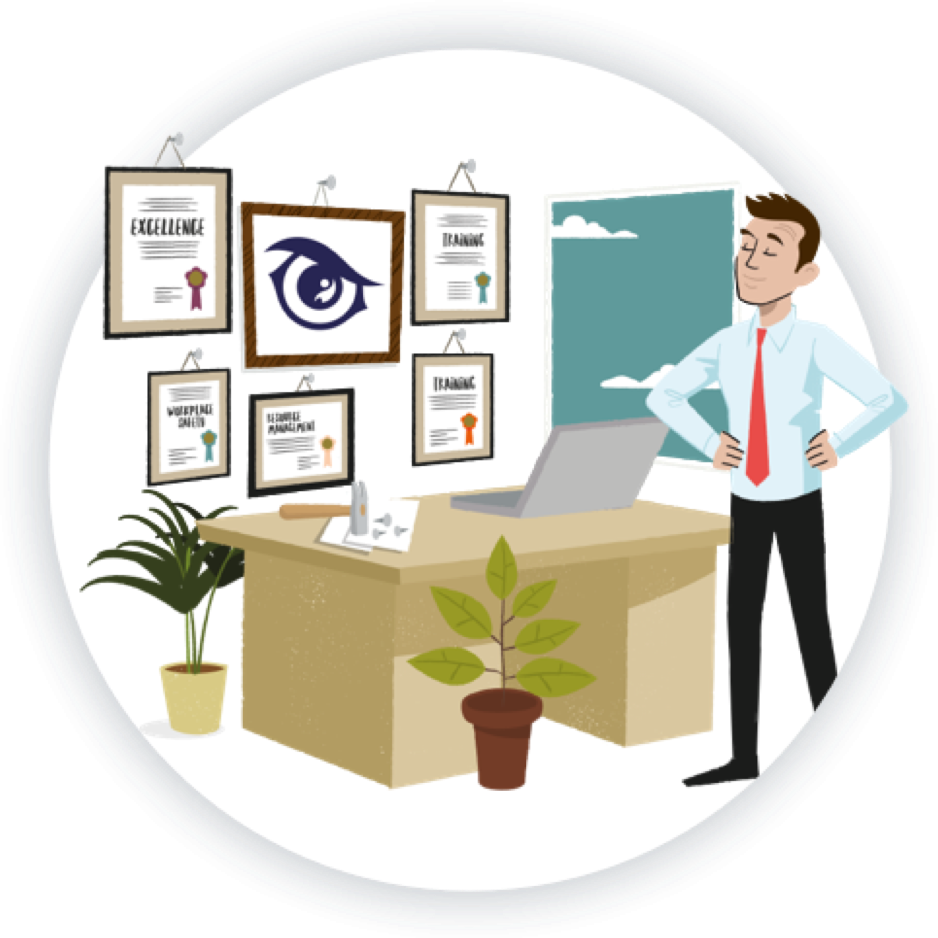Textile Designer
Job Description:Textile designers create fabric designs and patterns for woven, knitted and printed materials for clothes or interior furnishings.
Job Category:What you will do:
Your day-to-day duties may include:
- producing initial sketches by hand, or on a computer using design software
- reworking designs until they meet the customer’s needs
- making up samples or having them made by technicians
- researching design trends to decide what will sell
- working with clients, technical staff, marketing and buying staff
- keeping up-to-date with developments in manufacturing technology
If you’re self-employed, you’ll also need to manage your own business activities like marketing, finances and your website.
Skills:
You’ll need:
- design skills and knowledge
- the ability to come up with new ways of doing things
- knowledge of textiles development and technology as well as design software skills
As well as:
- to be thorough and pay attention to detail
- analytical thinking skills
- persistence and determination (ambition/drive)
- knowledge of manufacturing production and processes
- the ability to work well with your hands
- creative flair and an understanding of colour, texture and pattern (creative skills)
- budgeting skills and the ability to work out costs

Entry Requirements:
To become a Textile Designer, you can focus on subjects that help you develop relevant skills and knowledge in art, design, and textiles. Here are the subjects and areas of focus that can be beneficial:
- Art and Design: This subject is a foundation for developing your artistic and creative skills. It will help you build your understanding of visual elements, colour theory, and artistic techniques, which are essential for textile design.
- Design and Technology: This subject focuses specifically on textiles and can provide you with knowledge about different fabrics, garment construction, and design principles.
- Mathematics: A good grasp of mathematics is useful for measurements, pattern-making, and calculations related to textile design.
- Science: Knowledge of basic science, especially chemistry, can be beneficial for understanding dyes and fabric properties, which are crucial in textile design.
- English: Effective communication skills are important in presenting your textile design ideas and concepts, so English is valuable.
- Computer Science or IT: Familiarity with design software can be advantageous for creating digital textile designs and patterns.
Post School
There are no set requirements, but most textile designers have a relevant degree in:
- fashion
- art and design
- textiles
- surface design
You may be able to start in a textile operative role and then work your way up.
If you are interested in working with specialist technical textiles for industries like healthcare, manufacturing and construction, you could do a technical textile specialist higher apprenticeship.
Working Hours and Environment:
You’ll usually work 40 hours a week, although you may need to work longer to meet deadlines when it’s busy.
If freelance, your hours will depend on your clients and you’ll usually split your time between designing and marketing your work.
A lot of your time will be spent at a computer, designing fabrics and working on patterns. You may sometimes need to travel to visit trade fairs, clients and manufacturers.
Career Path & Progression:
With experience, you could progress to a senior design position, or work as a product or project manager.
You could also move into part-time teaching , or set up your own business.